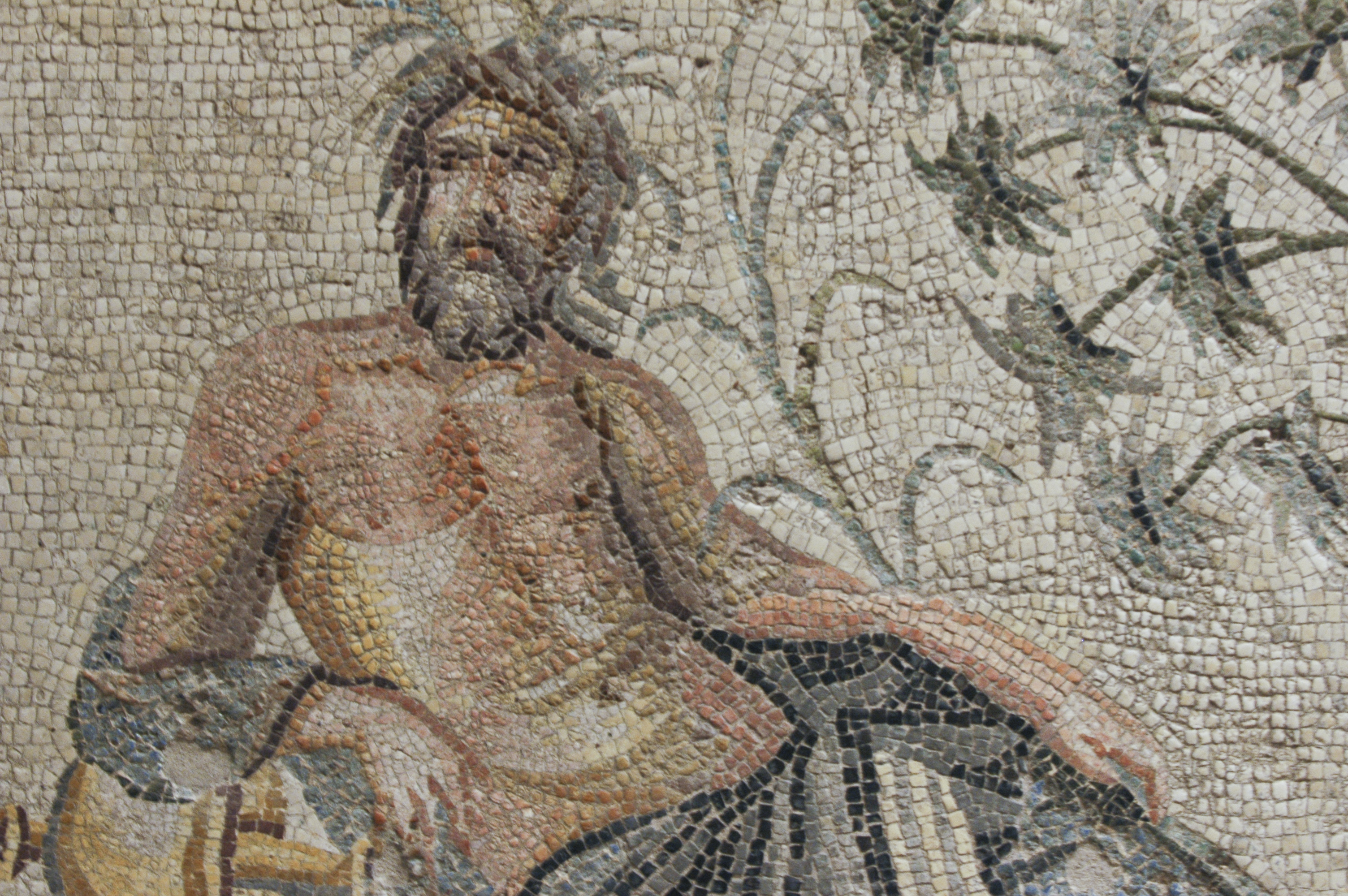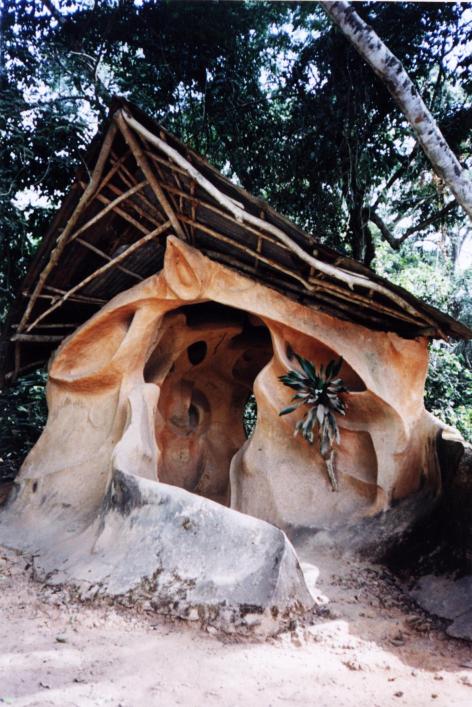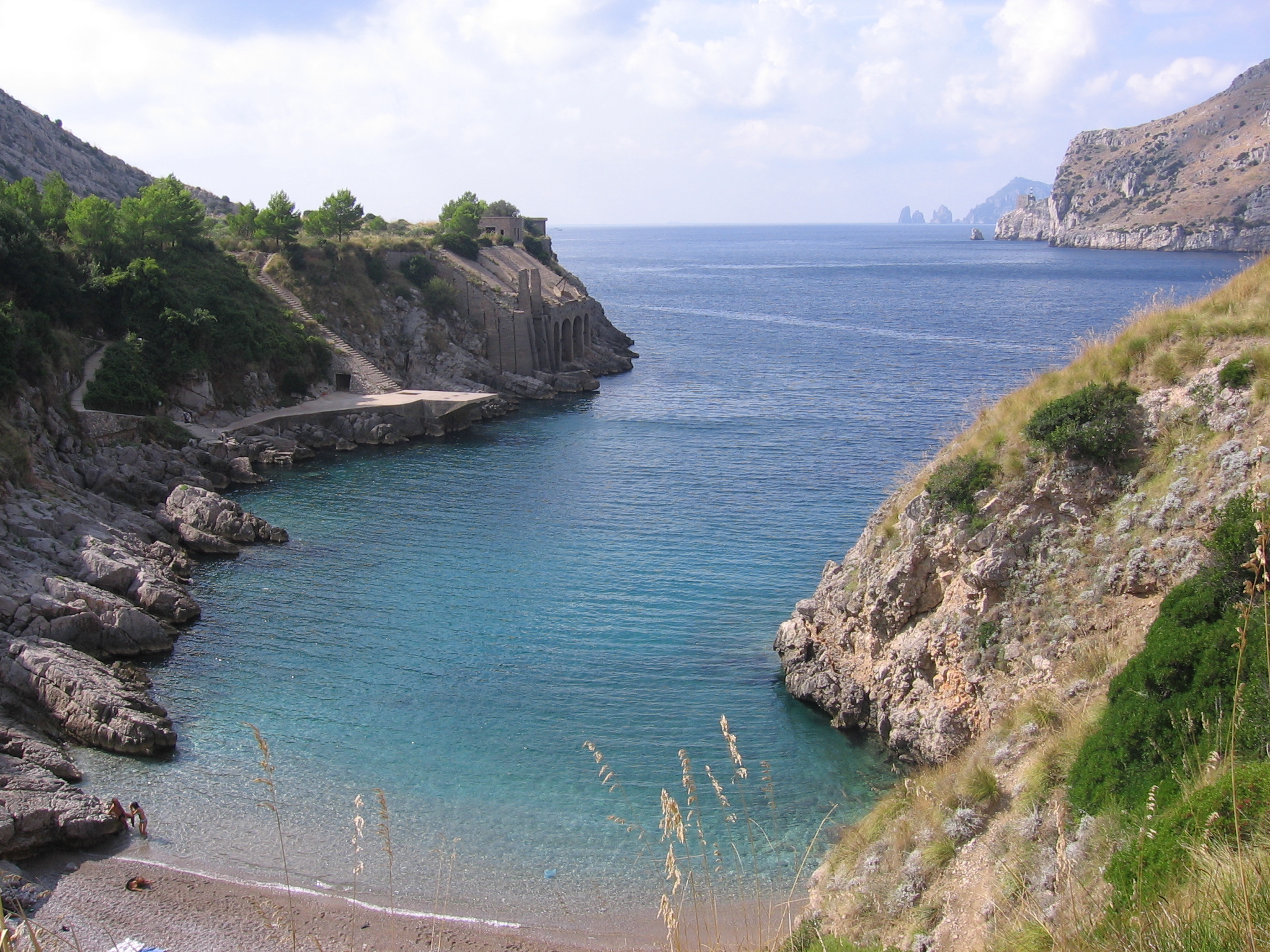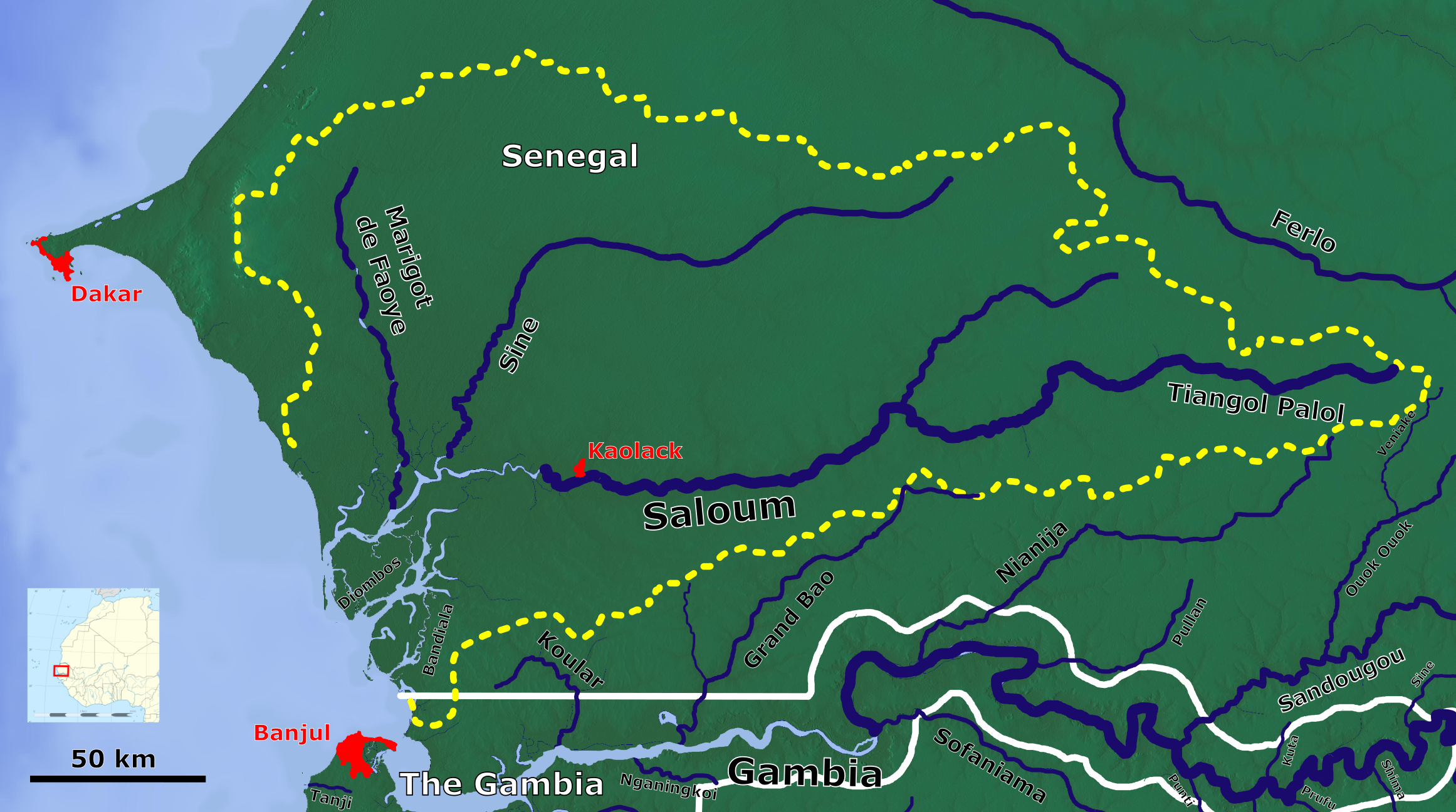|
Water Deities
A water deity is a deity in mythology associated with water or various bodies of water. Water deities are common in mythology and were usually more important among civilizations in which the sea or ocean, or a great river was more important. Another important focus of worship of water deities has been springs or holy wells. As a form of animal worship, whales and snakes (hence dragons) have been regarded as godly deities throughout the world (as are other animals such as turtles, fish, crabs, and sharks). In Asian lore, whales and dragons sometimes have connections. Serpents are also common as a symbol or as serpentine deities, sharing many similarities with dragons. Africa and the Mediterranean Sub-Sahara Africa Western Niger-Congo Benin * Ezili, goddess of sweet water, beauty, and love. Dogon *Nommos, amphibious spirits that are worshiped as ancestors. Serer * Mindiss (or Mindis) is not a deity in Serer religion, but a pangool with goddess–like attributes. She is ... [...More Info...] [...Related Items...] OR: [Wikipedia] [Google] [Baidu] |
Gaziantep Zeugma Museum Water Gods Mosaic 8199
Gaziantep (), previously and still informally called Aintab or Antep (), is a major city and capital of the Gaziantep Province, in the westernmost part of Turkey's Southeastern Anatolia Region and partially in the Mediterranean Region, approximately east of Adana and north of Aleppo, Syria. It is thought to be located on the site of ancient Antiochia ad Taurum, and is near ancient Zeugma. As of the 31/12/2021 last estimation, the Metropolitan Province was home to 2,130,432 inhabitants, of whom 1,775,904 lived in the metropolitan area made of two (out of three) urban districts of Şahinbey and Şehitkamil, as Oğuzeli is not conurbated. It is the sixth-most populous city in Turkey. Name Due to the city's contact with many ethnic groups and cultures throughout its history, the name of the city has many variants and alternatives, such as: *''Hantab'', ''Hamtab'', or ''Hatab'' as known by the Crusaders. *''Antab'' and its variants in vulgar Turkish and Armenian since 17th centur ... [...More Info...] [...Related Items...] OR: [Wikipedia] [Google] [Baidu] |
Olokun
Olokun (Yoruba: Olókun) is an orisha spirit in Yoruba religion. Olokun is believed to be the parent of Aje, the orisha of great wealth and of the bottom of the ocean. Olokun is revered as the ruler of all bodies of water and for the authority over other water deities. Olokun is highly praised for their ability to give great wealth, health, and prosperity to their followers. Communities in both West Africa and the African diaspora view Olokun variously as female, male, or androgynous. West Africa Water deities are "ubiquitous and vitally important in southern Nigeria"; Olókun worship is especially noted in the cities of the Edo people in southwest Nigeria. In West African areas directly adjacent to the coast, Olokun takes a male form among his worshipers while in the hinterland, Olokun is a female deity. According to Yoruba traditions about their divine dynasty, Olokun - in her female incarnation - was the senior wife of Emperor Oduduwa. Her rivalry with one of his other wive ... [...More Info...] [...Related Items...] OR: [Wikipedia] [Google] [Baidu] |
Oshun
Ọṣun, is an orisha, a spirit, a deity, or a goddess that reflects one of the manifestations of the Yorùbá Supreme Being in the Ifá oral tradition and Yoruba-based religions of West Africa. She is one of the most popular and venerated Orishas. Oshun is an important river deity among the Yorùbá people. She is the goddess of divinity, femininity, fertility, beauty and love. She is connected to destiny and divination. During the life of the mortal Osun, she served as queen consort to King Shango of Oyo. Following her posthumous deification, she was admitted to the Yoruba pantheon as an aspect of a primordial divinity of the same name. She is the patron saint of the Osun River in Nigeria, which bears her name. The river has its source in Ekiti State, in the west of Nigeria, and passes through the city of Osogbo, where Osun-Osogbo Sacred Grove, the principal sanctuary of the deity, is located. Oṣun is honored at the Osun-Osogbo Festival, a two-week-long annual festi ... [...More Info...] [...Related Items...] OR: [Wikipedia] [Google] [Baidu] |
Kingdom Of Sine
The Kingdom of Sine (also: ''Sin, Siine'' or Siin in the Serer-Sine language) was a post-classical Serer kingdom along the north bank of the Saloum River delta in modern Senegal. The inhabitants are called ''Siin-Siin'' or ''Sine-Sine'' (a Serer plural form or Serer-demonym, e.g. ''Bawol-Bawol'' and ''Saloum-Saloum'' / ''Saluum-Saluum'', inhabitants of Baol and Saloum respectively). History Medieval to 19th century According to the historian David Galvan, "The oral historical record, written accounts by early Arab and European explorers, and physical anthropological evidence suggest that the various Serer peoples migrated south from the Futa Tooro region (Senegal River valley) beginning around the eleventh century, when Islam first came across the Sahara."Galvan, Dennis Charles, ''The State Must Be Our Master of Fire: How Peasants Craft Culturally Sustainable Development in Senegal'' Berkeley, University of California Press, 2004 p.51 Over generations these people, possibly P ... [...More Info...] [...Related Items...] OR: [Wikipedia] [Google] [Baidu] |
Inlet
An inlet is a (usually long and narrow) indentation of a shoreline, such as a small arm, bay, sound, fjord, lagoon or marsh, that leads to an enclosed larger body of water such as a lake, estuary, gulf or marginal sea. Overview In marine geography, the term "inlet" usually refers to either the actual channel between an enclosed bay and the open ocean and is often called an "entrance", or a significant recession in the shore of a sea, lake or large river. A certain kind of inlet created by past glaciation is a fjord, typically but not always in mountainous coastlines and also in montane lakes. Multi-arm complexes of large inlets or fjords may be called sounds, e.g., Puget Sound, Howe Sound, Karmsund (''sund'' is Scandinavian for "sound"). Some fjord-type inlets are called canals, e.g., Portland Canal, Lynn Canal, Hood Canal, and some are channels, e.g., Dean Channel and Douglas Channel. Tidal amplitude, wave intensity, and wave direction are all factors that in ... [...More Info...] [...Related Items...] OR: [Wikipedia] [Google] [Baidu] |
Fatick
Fatick ( wo, Fatik, srr, Fatik) is a town in Senegal, located between M'bour and Kaolack and inhabited by the Serer people. Its 2005 population was estimated at 24,243. It is the capital of the Fatick Region and the Fatick Department. Toponymy Its name (Fatick), including its region and department take their names from one of the Serer maternal clans (''Fatik'')—which derives from the Serer term ''Fati Ubadik'' ("we have more to go"). The name is also spelled ''Patik'' following its pronunciation which is the same as the Fatik matriclan. The 15th century King of Sine Wasilla Faye named it after his father's matriclan. His father was a member of the Patik matriclan. History The city has several ancient sites classified as historical monuments and added to the World heritage list. There is also the site of ''Mind Ngo Mindiss'', located in the Sine River, where libations and offerings are made, the site of Ndiobaye, where traditional ceremonies takes place, and Ndeb Jab, w ... [...More Info...] [...Related Items...] OR: [Wikipedia] [Google] [Baidu] |
Pangool
Pangool (in Serer and Cangin) singular: Fangool (var : ''Pangol'' and ''Fangol''), are the ancient saints and ancestral spirits of the Serer people of Senegal, the Gambia and Mauritania. The Pangool play a crucial role in Serer religion and history. In a religious sense, they act as interceders between the living world and the supreme being Roog or Koox. In a historical sense, the ancient Serer village and town founders called Lamanes were believed to be accompanied by a group of Pangool as they travelled in search of land to exploit. These Lamanes became guardians of Serer religion and created shrines in honour of the Pangool, thus becoming the custodians of the "Pangool cult".The Serer do not refer to their religious practices as cults. They refer to these supernatural beings simply as ''pangool'', singular — ''fangool''. The word "cult" has negative and pejorative connotations especially when referring to other people's spiritual beliefs and traditions.Galvan, Dennis Cha ... [...More Info...] [...Related Items...] OR: [Wikipedia] [Google] [Baidu] |
Henry Gravrand
Father Henry Gravrand (France, 1921 - Abbey of Latrun, Palestine, 11 July 2003) was a French Catholic missionary to Africa and an anthropologist who has written extensively on Serer religion and culture. He was one of the leading pioneers of interfaith dialog and believed that African religion was the "'first covenant between God and man". His works about the Serer people are cited by other historians and scholars writing on Serer history, religion and culture, for instance Martin A. Klein, Charles Becker, Alioune Sarr, Marguerite Dupire, Issa Laye Thiaw, etc. Papa Massène Sene argues that his approach lacks scientific rigor and include fundamental linguistic and historical errors. Alioune Sarr noted that Gravrand reported an oral tradition describing what he called the "Battle of Troubang", a dynastic war between the two maternal royal houses of Ñaanco and the Guelowar, an off-shot and relatives of the ''Ñaanco'' (''Nyanthio'' or ''Nyanco'') maternal dynasty of Kaabu, in moder ... [...More Info...] [...Related Items...] OR: [Wikipedia] [Google] [Baidu] |
L’Harmattan
Éditions L'Harmattan, usually known simply as L'Harmattan (), is one of the largest French book publishers. It specialises in non-fiction books with a particular focus on Sub-Saharan Africa. It is named after the Harmattan, a trade wind in West Africa. Description L'Harmattan was founded in 1975. In 2013 it produced 500 magazines and 2,000 new books per year, both in print and as e-books, and has a backlist of 38,000 books, 33,000 e-books, and 1,700 videos, with about a third each on Europe, Africa, and the rest of the world. A third of its titles are in literature, a tenth in history, and 5 per cent each in philosophy, current affairs, education, politics, sociology, and fine arts. Slightly fewer are published in economics, psychology, ethnology, languages, etc., but even these categories have hundreds of titles, for example 500 in languages, and more languages taught than almost any other publisher. L'Harmattan controls costs by requiring authors to prepare electronic man ... [...More Info...] [...Related Items...] OR: [Wikipedia] [Google] [Baidu] |
Manatee
Manatees (family Trichechidae, genus ''Trichechus'') are large, fully aquatic, mostly herbivorous marine mammals sometimes known as sea cows. There are three accepted living species of Trichechidae, representing three of the four living species in the order Sirenia: the Amazonian manatee (''Trichechus inunguis''), the West Indian manatee (''Trichechus manatus''), and the West African manatee (''Trichechus senegalensis''). They measure up to long, weigh as much as , and have paddle-like tails. Manatees are herbivores and eat over 60 different freshwater and saltwater plants. Manatees inhabit the shallow, marshy coastal areas and rivers of the Caribbean Sea, the Gulf of Mexico, the Amazon basin, and West Africa. The main causes of death for manatees are human-related issues, such as habitat destruction and human objects. Their slow-moving, curious nature has led to violent collisions with propeller-driven boats and ships. Some manatees have been found with over 50 scars on them ... [...More Info...] [...Related Items...] OR: [Wikipedia] [Google] [Baidu] |
Sine River
The River Sine or Sine River (Siin in Serer language) is a river in Senegal. It flows into the Atlantic Ocean with the River Saloum in the delta of Sine-Saloum. See also *Saloum Delta National Park, a UNESCO World Heritage site. *Saloum River *Sine-Saloum Sine-Saloum is a region in Senegal located north of the Gambia and south of the Petite Côte. It encompasses an area of 24,000 square kilometers, about 12% of Senegal, with a population in the 1990s of 1,060,000. The western portion contains the ... External links « Le pacte primordial dans la vallée du Sine »(articles n''Éthiopiques'' n° 31) Rivers of Senegal Serer holy places Serer country {{Senegal-river-stub ... [...More Info...] [...Related Items...] OR: [Wikipedia] [Google] [Baidu] |







